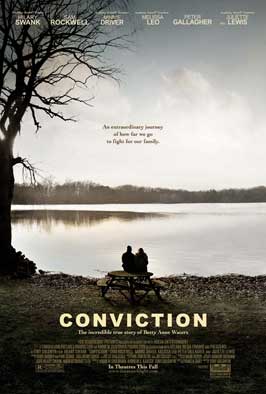
This morning, my movie class had a bonus screening where we saw the drama, Outside The Law , a foreign film from Algeria that was shown at the Cannes Film Festival.
Synopsis
After World War II, three Algerian brothers struggle to succeed in life while their country remains controlled by France – but when they form an alliance to win their homeland’s freedom, will they survive to see the fruits of their labor?
Story
As boys in the Algeria of the 1920’s, brothers Said, Messaoud and Abdelkader saw the French gendarmes take away the land that was owned by their family for generations so that it could be used by the colonial regime occupying their county. Despite this kind of treatment experienced by a good deal of their countrymen, many Algerians maintained a loyalty to the French by fighting and dying alongside them during World War II. Once the war was won, it was then believed by the Algerian citizens that they would be rewarded by the French by being given their independence – but this was not to be. In fact, France’s grip on this northwestern African nation would instead become ever tighter, which then caused Algerians to revolt.
Forced to find their way in a new world they neither created nor expected, the three brothers set out on individual paths in life. Said, a cunning entrepreneur, organizes boxing matches in the streets of his hometown; Messaoud, after serving for the French in World War II, joins the army and fights in Indochina; the intellectual Abdelkader, on the other hand, winds up being imprisoned for his political interests and efforts to free Algeria from the French. Ultimately, the three move to France and start out life in an Algerian-occupied shantytown before discovering their unique path.
Said earns the disdain of his family when he pursues an illicit career assisting a pimp; Abdelkader, now out of prison, is encouraged by his former inmates to find and follow members of FLN, a group of Algerian revolutionaries seeking to free their country from the oppression of the French government; Messaoud, battle-scarred and disillusioned, starts a family and soon joins his brother Abdelkader so that he can provide a better life for his son. As the FLN grow increasingly dangerous, the French government form an organization called The Red Hand, a covert anti-terrorist group designed to defeat them – but can the brothers survive once the French clamp down on the Algerian revolt?
Review
This was a very complicated film because at some point in the story, you genuinely question who is the real protagonist versus the antagonist. It’s very possible that your loyalties may change throughout the story’s telling – and if that’s true during only a cinematic portrayal of this tale, then how much more complicated must it have been during that period of world history when these events occurred? At the outset, you might just find yourself being reminded of more reasons to hate the French (as if you needed any) because their colonialist actions are so brutally enforced – but then, as you see how their treatment of the Algerians foments terrorist activities by Algerian nationals living in France, the French eventually become more sympathetic – especially when seen now, within the context of a society attempting to survive in a post-9/11 world where the defeat of global terrorism is of paramount importance.
During the post-screening class discussion, there was some debate about whether or not this was an even-handed portrayal of the Algerian struggle with France. Our instructor pointed out that when this film was screened at Cannes, it was rather controversial due to the fact that many French believed that the story was slanted to the perspective of the Algerians. One student said that the story made the French look like the Germans – I suppose this may have been specifically meant as something of an unfavorable comparison with the Nazis. While I wouldn’t necessarily disagree with that – the French were unreasonably savage in their dealings with Algeria – it would seem that once they were left to deal with the Algerians’ terrorist actions subsequent to World War II, the French government conducted their business in a way that was equally as vicious.
Certainly, I’m no expert on either world history or politics, but I’ll nevertheless recommend this movie based simply on the fact that it may very well appeal to history buffs, especially those who take particular interest in post-World War II events; additionally, people with a strong political bent may find this film equally compelling, if not more so. One caveat that could be a deal-breaker for some is that not only is this a foreign film, but also, the entire movie contains subtitles – some of which can occasionally be rather difficult to read since they display in white letters shown on sometimes very light backgrounds (especially true early on in the film). However, if you have ever been perplexed by the question of why the Muslim world hates not merely the United States, but also all of the Western nations, then the film “Outside The Law” may very well serve to provide a great many answers.






















